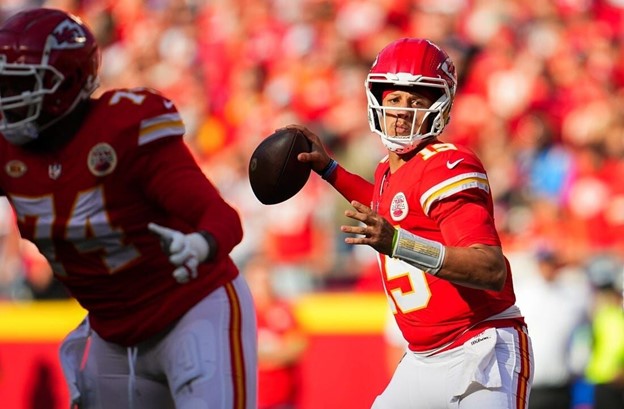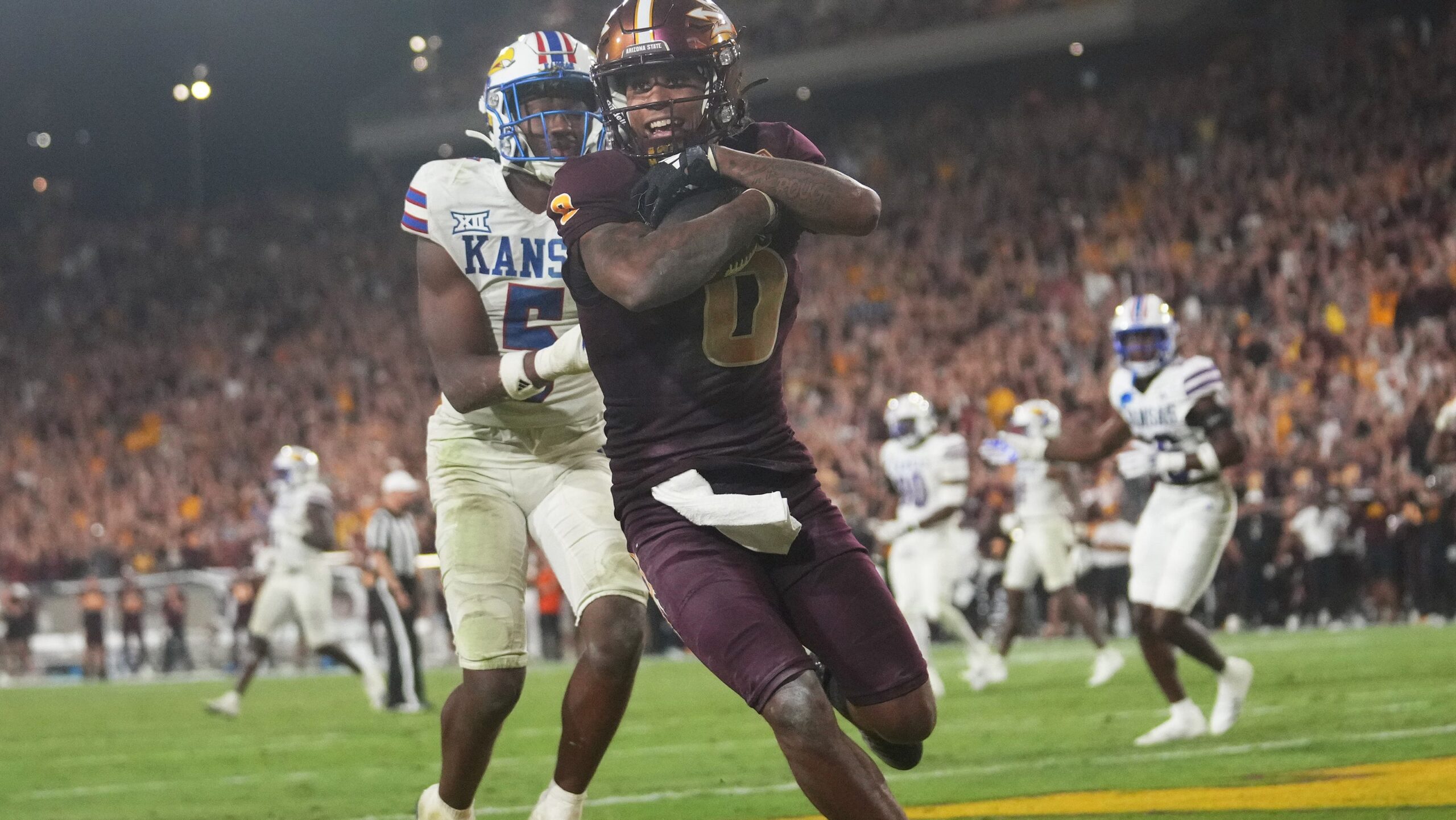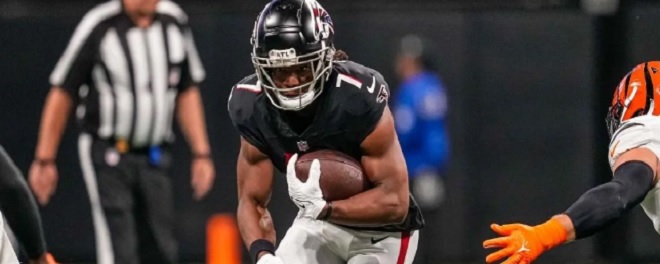By Corey Long – @CoreyLong
Updated Feb. 4, 2021.
Follow @walterfootball for updates.
People lie, but numbers never lie. And the numbers say that rankings matter. A lot. There are exceptions to every rule, but the general truth is the teams that have shown the most success on the recruiting trail continue to have the best chance to compete for championships. To put this to the numbers, I looked at every team that’s participated in the College Football Playoff – CFP – and took an average of their rankings from ESPN.com, 247Sports and Rivals in each of the four seasons prior to their CFP appearance year and averaged all four of those years together. Here are the results.
** — Designates CFP National Champion.
2014 CFP
Team |
2010-2013 – Average Class Ranking |
Alabama |
1.75 |
Oregon |
16.75 |
Florida State |
5.75 |
Ohio State** |
8.75 |
Alabama – twice -, Florida State and Ohio State won national championships in 2011, 2012, 2013 and 2014 respectively. Unsurprisingly, all three programs made the first college football playoff. Oregon didn’t have the recruiting brand of the other three schools at that time, but Marcus Mariota dramatically outplayed his rankings – ESPN had the 2014 Heisman winner as a two-star prospect out of high school – and elevated the play of everyone around him, If Mariota had been ranked at the level that he played, Oregon would’ve had classes in the No. 10-15 range. Jim Tressel was a good recruiter for Ohio State and did a good job of evaluating the guys who would fit his coaching style. But the Buckeyes’ recruiting numbers changed significantly under Urban Meyer, who loved to hoard talent.
2015 CFP
Team |
2011-2014 – Average Class Ranking |
Clemson |
12.25 |
Alabama** |
1.00 |
Michigan State |
33.25 |
Oklahoma Dame |
13.50 |
Michigan State is one of the two outliers in this outlook. The Spartans only had one website rate them with a Top-25 class in one year during their 4-year average – ESPN ranked Michigan State’s 2014 as the 22nd best. Alabama was in midst of an incredible recruiting run, and with four straight No. 1 recruiting classes, the Crimson Tide captured their first CFP championship. Oklahoma stayed consistent throughout the years, generally hanging around the back end of the top 15.
2016 CFP
Team |
2012-2015 – Average Class Ranking |
Alabama |
1.00 |
Clemson** |
11.75 |
Ohio State |
4.50 |
Washington |
27.25 |
Clemson’s recruiting ranking was solid, and Deshaun Watson was generally considered a five-star prospect across the board. That being said, all five-star prospects aren’t created equal. Watson was a generational type of talent who elevated the Tigers to the level that they are currently at in the college football world. Washington is the other outlier in this outlook and had the lowest-ranked composite class – 40th in 2014. The Huskies also had a composite ranking of 18th in 2013, so there was plenty of talent on that roster.
2017 CFP
Team |
2013-2016 – Average Class Ranking |
Clemson |
10.50 |
Oklahoma |
16.00 |
Georgia |
8.75 |
Alabama** |
1.00 |
Alabama didn’t win the SEC or even participate in the SEC Championship Game, but it had a freshman five-star quarterback named Tua Tagovalioa on the bench, and he delivered the Crimson Tide a second CFP title. And his recruitment didn’t kick into the Crimson Tide’s average until next year. Georgia’s recruiting has actually gotten even better in the past three years, but Kirby Smart hasn’t had the right quarterback to get back to the playoff. That should change in the future. Clemson was inching closer to being a recruiting power at this point.
2018 CFP
Team |
2014-2017 – Average Class Ranking |
Alabama |
1.00 |
Clemson** |
11.00 |
Oklahoma |
14.00 |
Notre Dame |
12.50 |
Much like Tagovailoa didn’t count on Alabama’s ranking in the 2017 CFP, Trevor Lawrence doesn’t count on Clemson’s in the 2018 CFP, but damn, if he wasn’t a difference-maker. Another freshman, wide receiver Justyn Ross, was an immediate star as well. But it was the Tigers’ defensive line led by Dexter Lawrence, Christian Wilkins and Clelin Ferrell that came together over the past couple of classes to give Clemson the all-around team to put together a dominating 15-0 season. This was the first group in which all four programs averaged a top-15 class over the designated time period.
2019 CFP
Team |
2015-2018 – Average Class Ranking |
LSU** |
8.00 |
Clemson |
9.25 |
Ohio State |
3.75 |
Oklahoma |
12.50 |
Even though Alabama took a year off from its decade of dominance, this group of four all had top-end recruiting programs. LSU has been a top-10 recruiting program since Nick Saban got there back in 2001. Joe Burrow doesn’t count in the Tigers’ recruiting average, but he does count in Ohio State’s average since he originally signed there and later transferred to LSU. Oklahoma was also starting to kick up its recruiting a notch with Lincoln Riley taking over for Bob Stoops.
2020 CFP
Team |
2016-2019 – Average Class Ranking |
Alabama** |
2.25 |
Clemson |
10.25 |
Ohio State |
8.25 |
Notre Dame |
12.75 |
In 2018, Alabama had a composite average of sixth. Not sure what happened there. Maybe Nick Saban wanted to challenge himself. Still, the Crimson Tide accumulated so much talent over the years that a third CFP championship was secured last month. Ohio State had a composite average of 17th in 2019 with the coaching change from Urban Meyer to Ryan Day. The Buckeyes, however, landed top-five classes in 2020 and 2021 to establish Day as a star on the recruiting trail. Also, their ranking doesn’t include the transfer of Justin Fields, who was a five-star prospect. Notre Dame stayed steady, with classes in the No. 10-15 range year after year.
NFL Picks - Dec. 13
NFL Power Rankings - Dec. 10
2026 NFL Mock Draft - Dec. 10
Fantasy Football Rankings - Sept. 1




